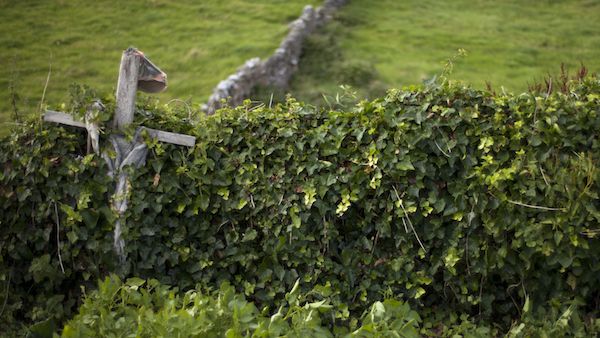How to heal the wounds of racism? My wife and I have joined a program at our church to do just that. Sounds ambitious if not impossible. But that’s why doing it at church feels right. After all, didn’t Jesus say, “…with God all things are possible?” Here are some ways we are taking a deeper look.
Start with Prayer
I can’t emphasize this enough. We all want to grow, we all want to change, but that’s not possible without prayer. I recently wrote about a man who did a courageous thing in escorting the Little Rock Nine to school that first tumultuous day. But it took prayer, and then more prayer and more prayer.
In our church group as we seek to understand ourselves, every session starts—on Zoom these days—with prayer. And ends with prayer. To look boldly and frankly at our flaws we risk wallowing in guilt. To do it with prayer, we can know that there’s hope of healing.
Look to Scripture
In just that first session, one of our readings, from the theologian Jim Wallis, emphasized the words of the Bible that call us to address the sin of racism. It starts right there in Genesis, chapter 1. We were all made “in the image of God,” not just some of us but all of us.
And as he points out, the theme continues throughout Scripture. In the Hebrew Bible, we are called to love the stranger. “The foreigner residing among you must be treated as your native-born. Love them as yourself, for you were foreigners in Egypt” (Leviticus 16:34). Love them as yourself. There is no separation, no otherness.
And in the New Testament, we get Paul telling those first Christians, “There is no longer Jew or Greek, there is no longer slave or free, there is no longer male and female; for all of you are one in Christ Jesus” (Galatians 3:28). All of us are one.
Listen Respectfully
Cultural differences are part of what it means to be an American. Our church is multi-racial, but in this workshop we’re meeting in groups of less diversity, hoping to create safe spaces for open dialogue.
Even so, when I looked at that first Zoom session of 10 people, I noticed I was the only white male of mostly New England extraction. We were Japanese-American, Irish-American, Slavic-American, Native American. I loved hearing the pride people had in their heritage.
Feel the Lord’s Presence in Community
Jesus didn’t leave behind a book or a building or even some written code. He left a community of followers who would remember and repeat—and ultimately write down—what He said. It’s always a reminder to me that if we’re going to continue to grow and follow Him, we need to do it in community.
As I looked at that group on my computer screen, I saw people I’ve known for years, people I’ve sat with in meetings, in prayer, in worship, in song, people who, like me, are always seeking, always growing. If we are going to heal from these wounds, isn’t it best to start together?
Believe in “The Beloved Community”
That phrase comes from Martin Luther King Jr. It was reiterated by Presiding Bishop Michael Curry—beloved to many for celebrating the marriage of Prince Henry and Meghan Markle. And the program we’re participating in is called Sacred Ground. Learn more about it here.
To change the world, the best place is to start with is yourself. And so we are.






